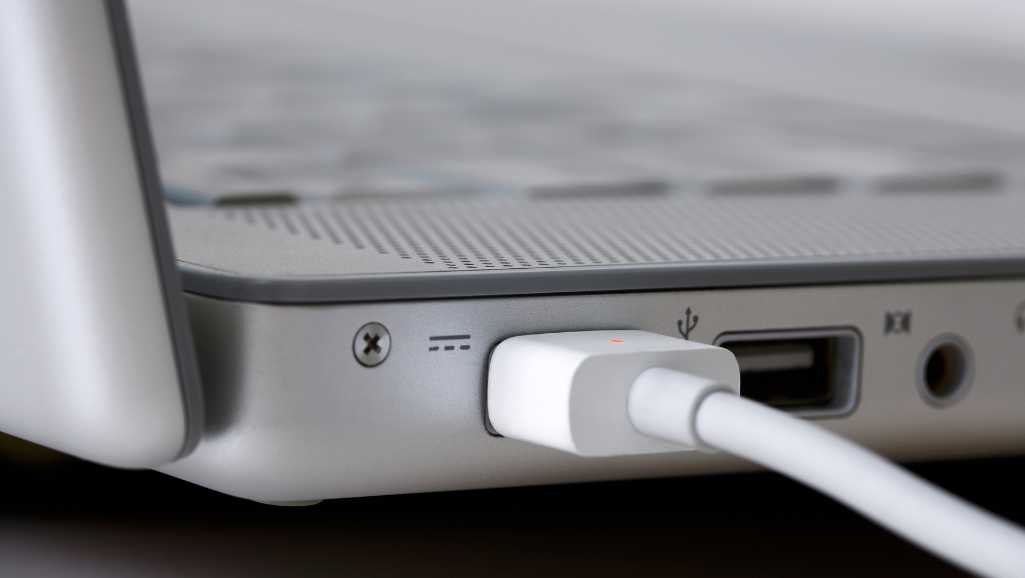
Top 10 Reasons Your Laptop Battery Won’t Hold a Charge
We’ve all been there. You unplug your laptop, and within an hour, it’s screaming for a charge. This frustrating situation isn’t just a minor inconvenience;


source: lenardgunda

We’ve all been there. You unplug your laptop, and within an hour, it’s screaming for a charge. This frustrating situation isn’t just a minor inconvenience;

Lenovo laptop battery — let’s talk about it. Have you ever been in the middle of something important, only to have your laptop die on

The Surface Pro 6 is a versatile device known for its portability and performance, but like any technology, it can encounter battery drain issues. Understanding
|
*We are OPEN on 3 May 2025 (Polling Day). CLOSED ON 1 May 2025 (Labour Day) |